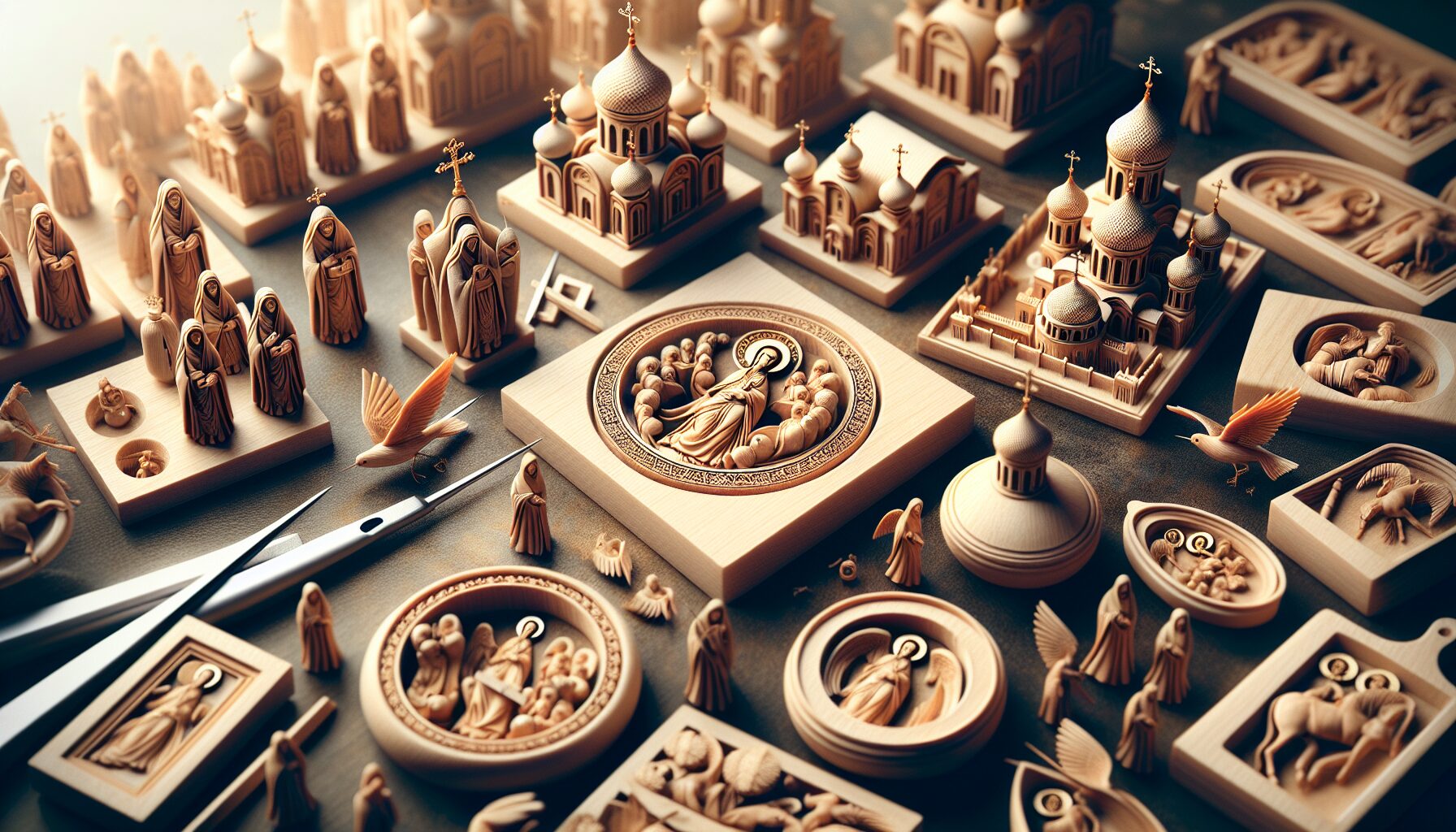In the hushed corners of ancient monasteries and hidden ateliers of devout artisans, the creation of sacred miniatures has long been considered a divine act of devotion and skill. These ‘whispered icons’ not only serve as spiritual tokens but also as windows into a realm where art and faith intertwine seamlessly.
The Origins of Sacred Miniatures
The tradition of crafting sacred miniatures can be traced back to the early days of religious worship. According to The Metropolitan Museum of Art, miniatures found their place within illuminated manuscripts of the medieval period, fusing intricate artwork with spiritual texts. These small, detailed images acted as focal points during contemplation and prayer, allowing the observer a closer connection to the divine.
“Illuminated manuscripts were not just books—they were holy acts of creation, crafted with devotion and skill to honor the divine.”
The Artistry Behind Miniatures
The meticulous process of miniature creation requires not just artistic prowess but deep spiritual dedication. Artists spend countless hours laboring over each tiny figure, often under magnifying glasses, to ensure that every detail is perfect. Essential tools in this sacred craft include:
- Pigments: Derived from natural sources such as minerals, plants, and even insects, these vibrant pigments offer longevity and depth. Gold leaf is frequently used to add a holy luminance to the miniatures.
- Brushes: Paintbrushes made of fine animal hairs, such as sable, allow for the precision required in crafting minute details.
- Supports: Traditional supports include vellum—processed calfskin—or delicate paper, prepared meticulously to accept pigments smoothly.
These elements are combined within a framework of religious symbolism and prayer, making the creation process as sacred as the images themselves.
The Symbolism in Miniatures
Sacred miniatures often depict scenes from holy texts, iconography of saints, or symbolic representations of theological concepts. Their iconography is rich in symbolism:
- Colors: Each color bears its significance, like blue representing the heavens and divine wisdom, while red symbolizes sacrifice and divine love.
- Figures and Gestures: The placement and gestures of figures can indicate narratives or convey blessings and teachings.
- Objects: Common symbols such as doves, crosses, or stars are used to communicate deeper meanings beyond the obvious visual depictions.
Modern-day Resonance
While technology and modern art forms have evolved, the allure of sacred miniatures persists, captivating both artists and worshippers worldwide. Modern-day artisans continue to honor this tradition, merging historical techniques with contemporary interpretations.
The British Library showcases ongoing exhibitions that highlight the significance of illuminated miniatures, proving their timeless ability to inspire and convey spiritual narratives.
“Despite the shifting sands of time and trends, the artistry and spirituality encapsulated in these miniature works remain as potent today as they were centuries ago.”
The Spiritual Practice of Creating Miniatures
For many contemporary artists, the creation of sacred miniatures is not merely an artistic endeavor but a spiritual practice. It involves entering a meditative state where each brushstroke becomes an act of worship. This dedication often results in pieces that not only portray but also embody the spiritual truths they represent.
Concluding, the creation of sacred miniatures remains a profound cultural and religious practice. Through mastery of technique and deepening of spirit, these ‘whispered icons’ continue to invite both creator and observer into a timeless dialogue with the divine.
